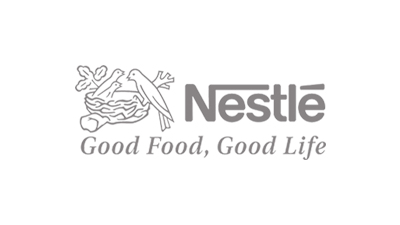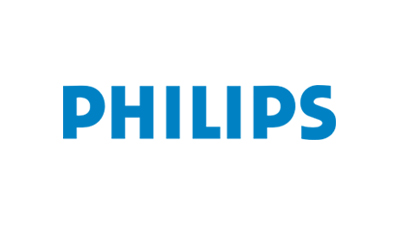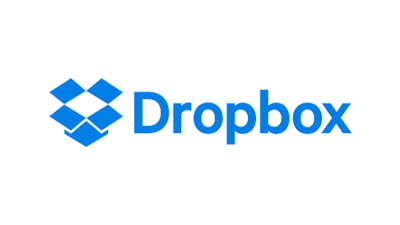Personal protective equipment (PPE) is a critical component of workplace health and safety. Failing to don the appropriate protective gear can result in small nicks and abrasions if you're lucky, and serious or potentially life-threatening accidents like chemical burns or severe eye injuries if you're not. In many cases, PPE needs to be tough and durable to protect the wearer. In other situations, the protective clothing may get so dirty or damaged that it will be rendered useless. Still others call for fresh, clean protective clothing each time. The latter two situations are where disposable PPE comes into play. Protective clothing is designed to protect the wearerメs body from injury or infection. The hazards addressed by protective equipment include physical, electrical, heat, chemicals, biohazards, and airborne particulate matter. Protective equipment may be worn for job-related occupational safety and healthpurposes, as well as for sports and other recreational activities. Protective clothing is to reduce employee exposure to hazards when engineering controls and administrative controls are not feasible or effective to reduce these risks to acceptable levels. Protective clothing is needed when there are hazards present. PPE has the serious limitation that it does not eliminate the hazard at the source and may result in employees being exposed to the hazard if the equipment fails. According to our (Global Info Research) latest study, the global Protective Clothing market size was valued at USD 13480 million in 2022 and is forecast to a readjusted size of USD 11020 million by 2029 with a CAGR of -2.8% during review period. The influence of COVID-19 and the Russia-Ukraine War were considered while estimating market sizes. Global Protective Clothing key players include DuPont, 3M and Kimberly-Clark etc. Global top five manufacturers hold a share over 22%. North America is the largest market, with a share over 48%, followed by Asia-Pacific and Germany, both have a share over 45%. In terms of product, polyethylene based protective clothing is the largest segment, with a share over 60%. And in terms of application, the largest application is medica with a share of 67%. This report is a detailed and comprehensive analysis for global Protective Clothing market. Both quantitative and qualitative analyses are presented by manufacturers, by region & country, by Type and by Application. As the market is constantly changing, this report explores the competition, supply and demand trends, as well as key factors that contribute to its changing demands across many markets. Company profiles and product examples of selected competitors, along with market share estimates of some of the selected leaders for the year 2023, are provided. Key Features: Global Protective Clothing market size and forecasts, in consumption value ($ Million), sales quantity (K Units), and average selling prices (USD/Unit), 2018-2029 Global Protective Clothing market size and forecasts by region and country, in consumption value ($ Million), sales quantity (K Units), and average selling prices (USD/Unit), 2018-2029 Global Protective Clothing market size and forecasts, by Type and by Application, in consumption value ($ Million), sales quantity (K Units), and average selling prices (USD/Unit), 2018-2029 Global Protective Clothing market shares of main players, shipments in revenue ($ Million), sales quantity (K Units), and ASP (USD/Unit), 2018-2023 The Primary Objectives in This Report Are: To determine the size of the total market opportunity of global and key countries To assess the growth potential for Protective Clothing To forecast future growth in each product and end-use market To assess competitive factors affecting the marketplace This report profiles key players in the global Protective Clothing market based on the following parameters - company overview, production, value, price, gross margin, product portfolio, geographical presence, and key developments. Key companies covered as a part of this study include Fil Man Made Group, Jianhu Wangda, Formosa Plastics Group, Karsu and Arvind, etc. This report also provides key insights about market drivers, restraints, opportunities, new product launches or approvals, COVID-19 and Russia-Ukraine War Influence. Market Segmentation Protective Clothing market is split by Type and by Application. For the period 2018-2029, the growth among segments provides accurate calculations and forecasts for consumption value by Type, and by Application in terms of volume and value. This analysis can help you expand your business by targeting qualified niche markets. Market segment by Type Polyethylene Polypropylene Aramid & Blends Polyamide Cotton Fibers Laminated Polyesters Others Market segment by Application Oil and Gas Chemicals Manufacturing Pharmaceutical Construction Mining & Smelting Firefighting & Law Enforcement Medical Others Major players covered Fil Man Made Group Jianhu Wangda Formosa Plastics Group Karsu Arvind FA K�mpers GmbH Spinnerei Lampertsm�hle Flasa DuPont Honeywell Lakeland Uvex Kappler Bergeron Delta Plus Excalor Respirex Drager Ansell TST Sweden STS SanCheong Asatex Huatong U.PROTEC 3M Kimberly-Clark Lakeland Industries International Enviroguard Derekduck Medline Protective Industrial Products Sioen Industries Winner Medical Shenzhen Glory Medical Allmed Medical Products Market segment by region, regional analysis covers North America (United States, Canada and Mexico) Europe (Germany, France, United Kingdom, Russia, Italy, and Rest of Europe) Asia-Pacific (China, Japan, Korea, India, Southeast Asia, and Australia) South America (Brazil, Argentina, Colombia, and Rest of South America) Middle East & Africa (Saudi Arabia, UAE, Egypt, South Africa, and Rest of Middle East & Africa) The content of the study subjects, includes a total of 15 chapters: Chapter 1, to describe Protective Clothing product scope, market overview, market estimation caveats and base year. Chapter 2, to profile the top manufacturers of Protective Clothing, with price, sales, revenue and global market share of Protective Clothing from 2018 to 2023. Chapter 3, the Protective Clothing competitive situation, sales quantity, revenue and global market share of top manufacturers are analyzed emphatically by landscape contrast. Chapter 4, the Protective Clothing breakdown data are shown at the regional level, to show the sales quantity, consumption value and growth by regions, from 2018 to 2029. Chapter 5 and 6, to segment the sales by Type and application, with sales market share and growth rate by type, application, from 2018 to 2029. Chapter 7, 8, 9, 10 and 11, to break the sales data at the country level, with sales quantity, consumption value and market share for key countries in the world, from 2017 to 2022.and Protective Clothing market forecast, by regions, type and application, with sales and revenue, from 2024 to 2029. Chapter 12, market dynamics, drivers, restraints, trends, Porters Five Forces analysis, and Influence of COVID-19 and Russia-Ukraine War. Chapter 13, the key raw materials and key suppliers, and industry chain of Protective Clothing. Chapter 14 and 15, to describe Protective Clothing sales channel, distributors, customers, research findings and conclusion.
1 Market Overview 1.1 Product Overview and Scope of Protective Clothing 1.2 Market Estimation Caveats and Base Year 1.3 Market Analysis by Type 1.3.1 Overview: Global Protective Clothing Consumption Value by Type: 2018 Versus 2022 Versus 2029 1.3.2 Polyethylene 1.3.3 Polypropylene 1.3.4 Aramid & Blends 1.3.5 Polyamide 1.3.6 Cotton Fibers









